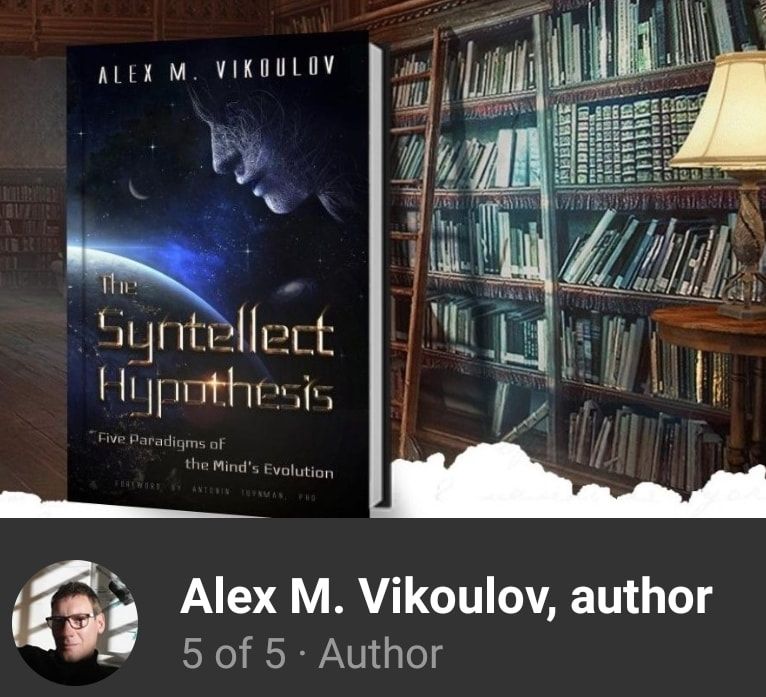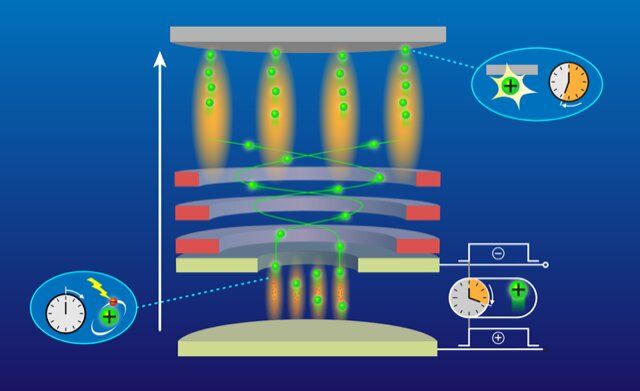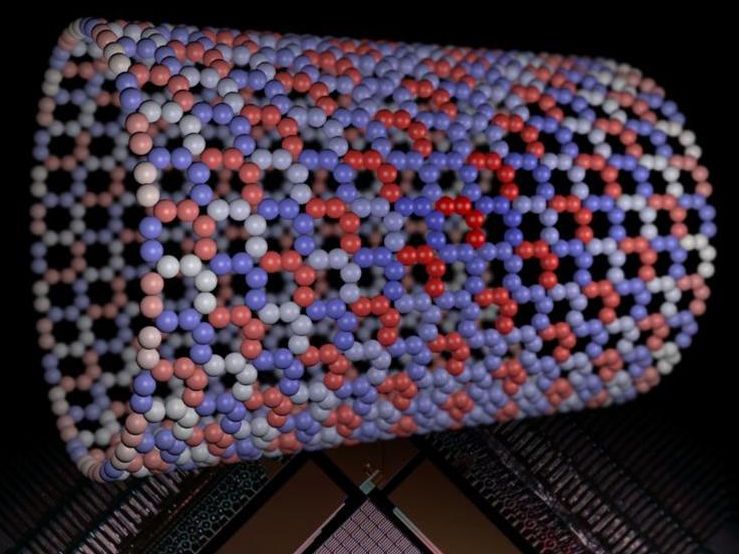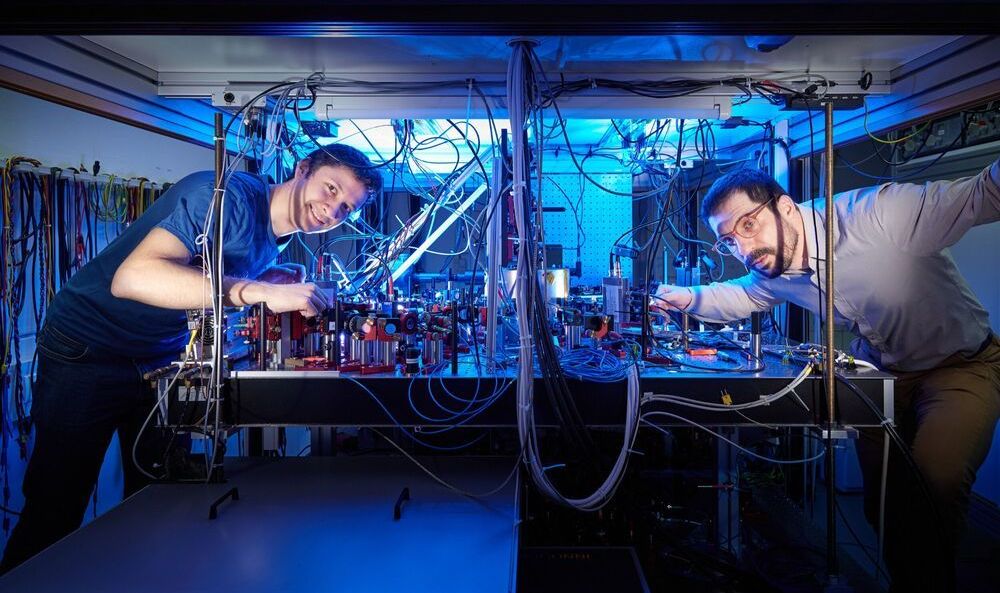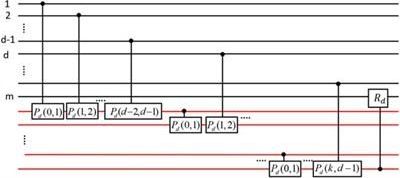Mar 1, 2021
Quantum Building Blocks to Produce Exotic Electronic and Magnetic Properties
Posted by Jose Ruben Rodriguez Fuentes in categories: particle physics, quantum physics
Oak Ridge National Laboratory scientists demonstrated that an electron microscope can be used to selectively remove carbon atoms from graphene ’s atomically thin lattice and stitch transition-metal dopant atoms in their place.
This method could open the door to making quantum building blocks that can interact to produce exotic electronic, magnetic and topological properties.
This is the first precision positioning of transition-metal dopants in graphene. The produced graphene-dopant complexes can exhibit atomic-like behavior, inducing desired properties in the graphene.



